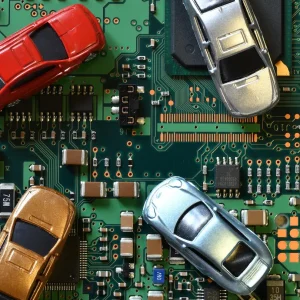Technology supports drivers in many ways, but this should never be at the expense of safety. Interestingly, in ongoing efforts to stop drivers using their phones while on the move, Apple has announced that it will add a “Do Not Disturb While Driving” mode to the new version of its iPhone operating system, iOS11.
At a fundamental level, this mode does what you would expect – engages when the phone senses that you are in a car and connected via Bluetooth or USB. It also switches on when you are in motion at driving speeds, even if your phone isn’t electronically connected to a vehicle.
The new mode doesn’t aim to block all the phone’s features from driver use. Instead, it aggressively filters them. So if you use features in Apple CarPlay such as navigation or music, these are still available, and it also allows messages to get through from nominated contacts.
Anyone not on your nominated list receives a response that reads “I’m driving with Do Not Disturb turned on. I’ll see your message when I get where I’m going.” There is then an option for the sender to resend the message marked as “urgent” if they really believe it is paramount to get the driver’s attention.
For fleets, this needs to be looked at closely as part of their approach to risk managment. Apple believes that the ability to break through the message blockade is essential because, in 2017, drivers simply won’t accept a complete communication blackout while they are behind the wheel. However, anything that takes your mind off the matter of driving is a risk, and that includes your phone going off in the vehicle.
With so many company car and van drivers using iPhones, this is likely to gain quite a lot of attention in risk management circles when iOS11 is released in September, and businesses will need to be clear with drivers about exactly what their policy allows when it comes to mobile phones.





